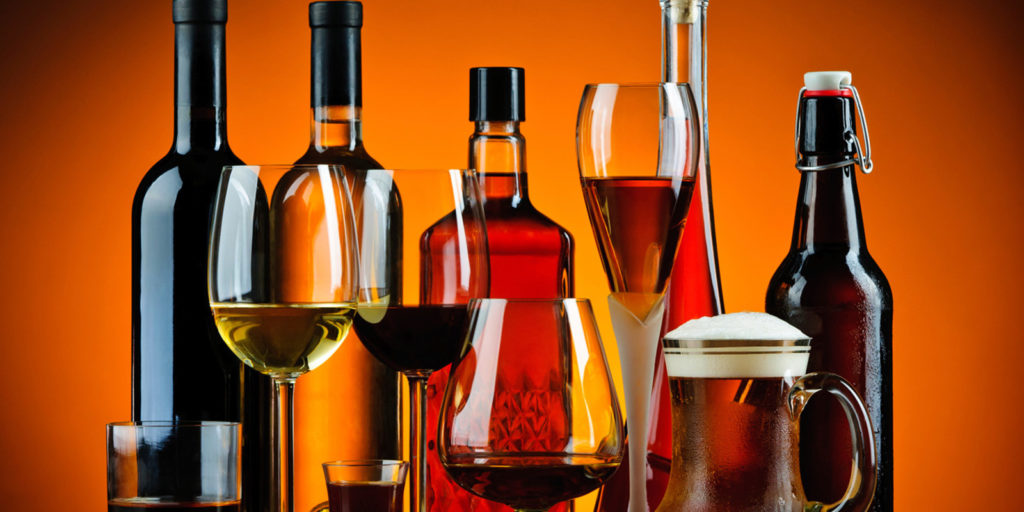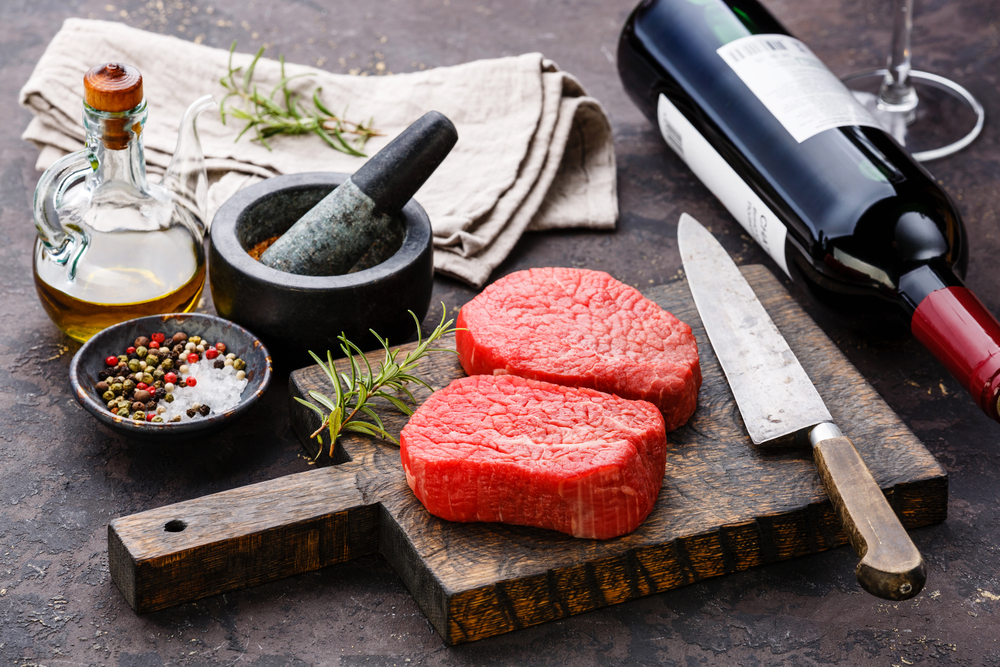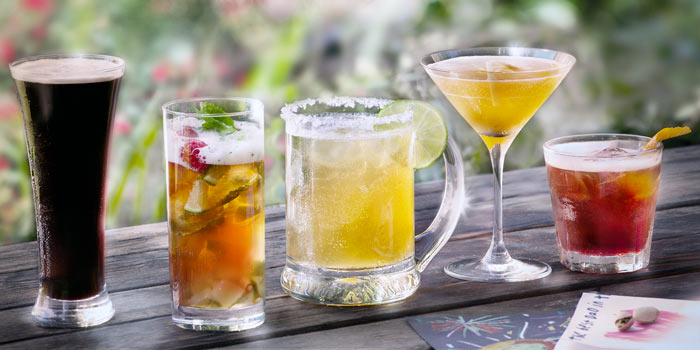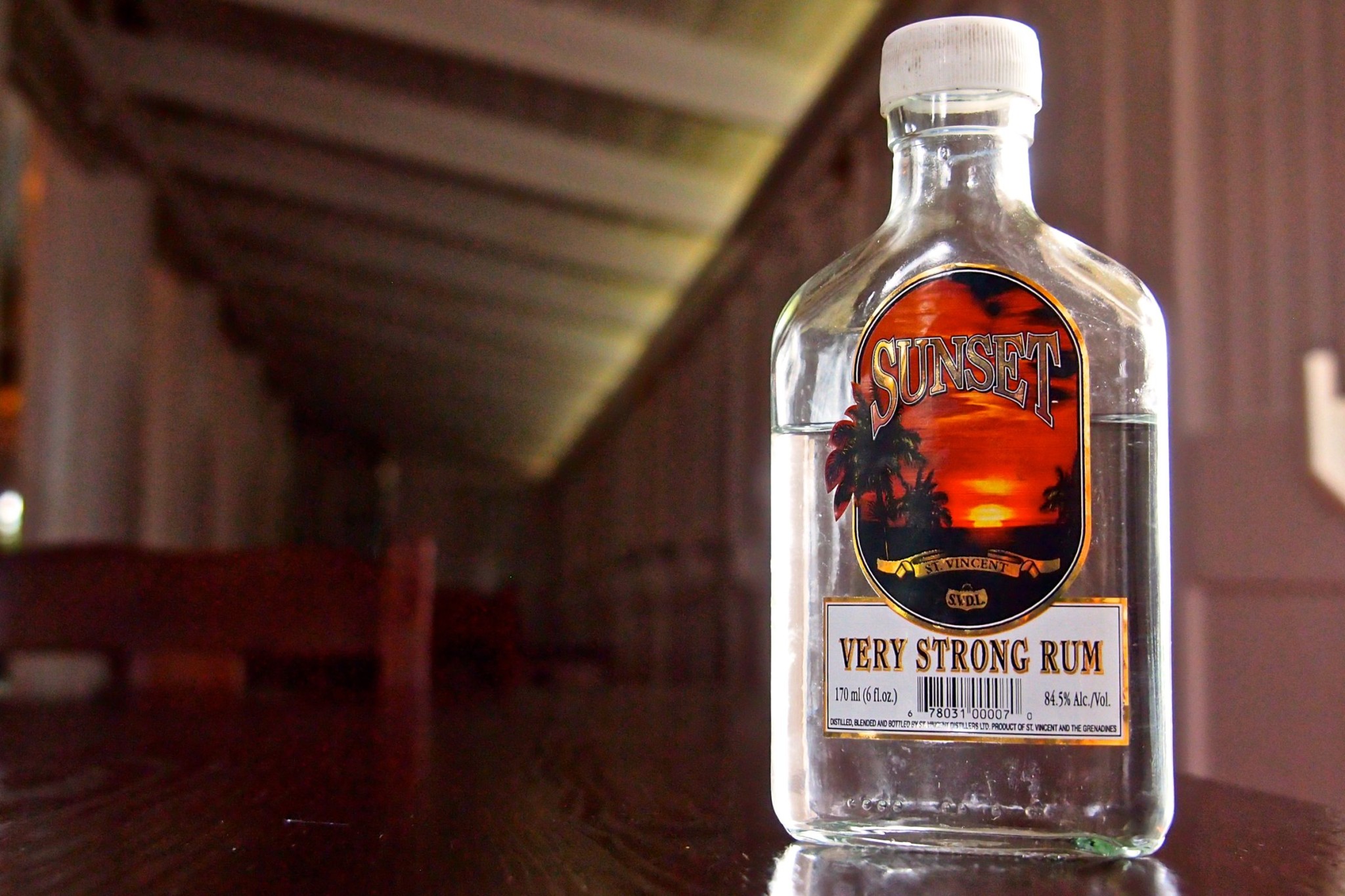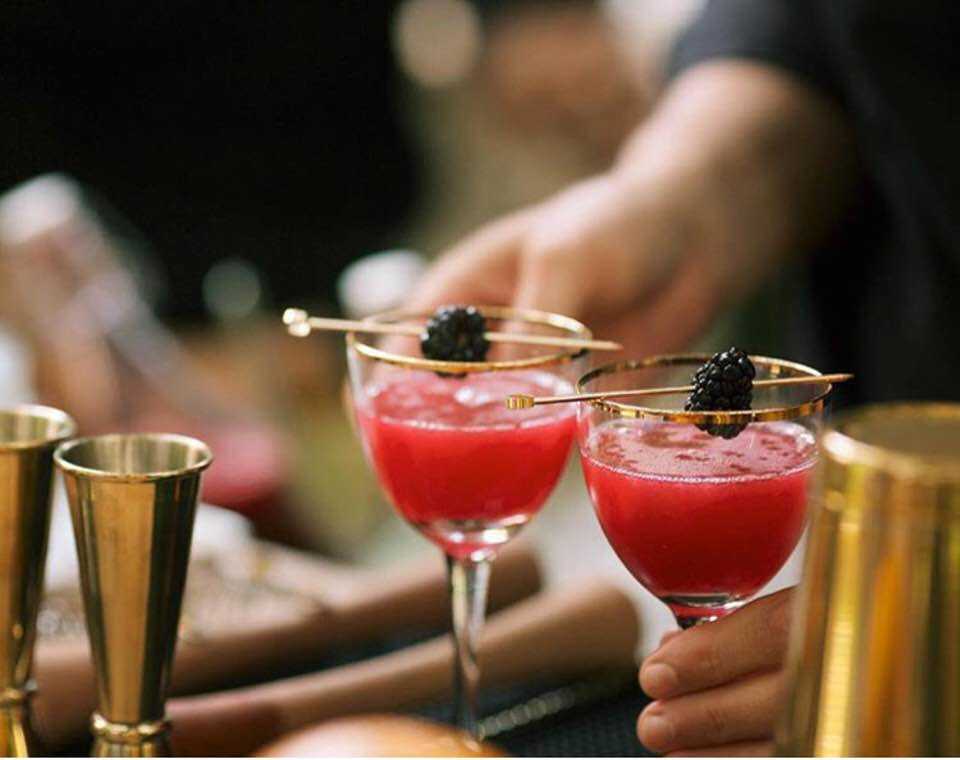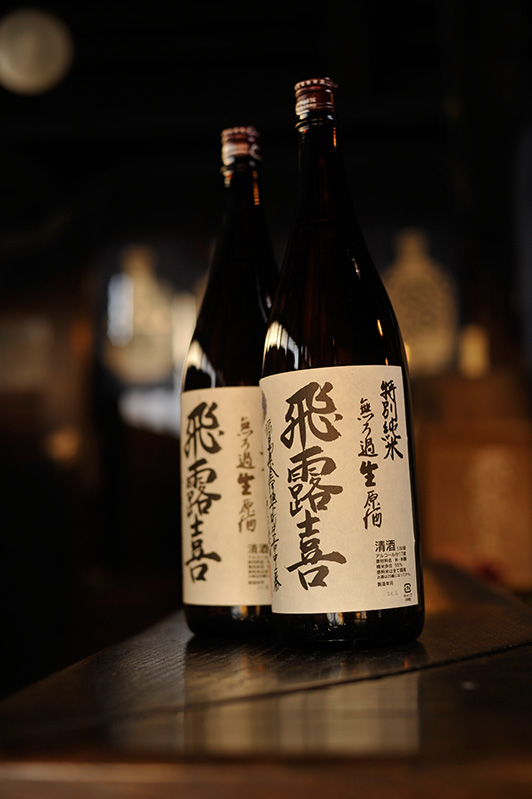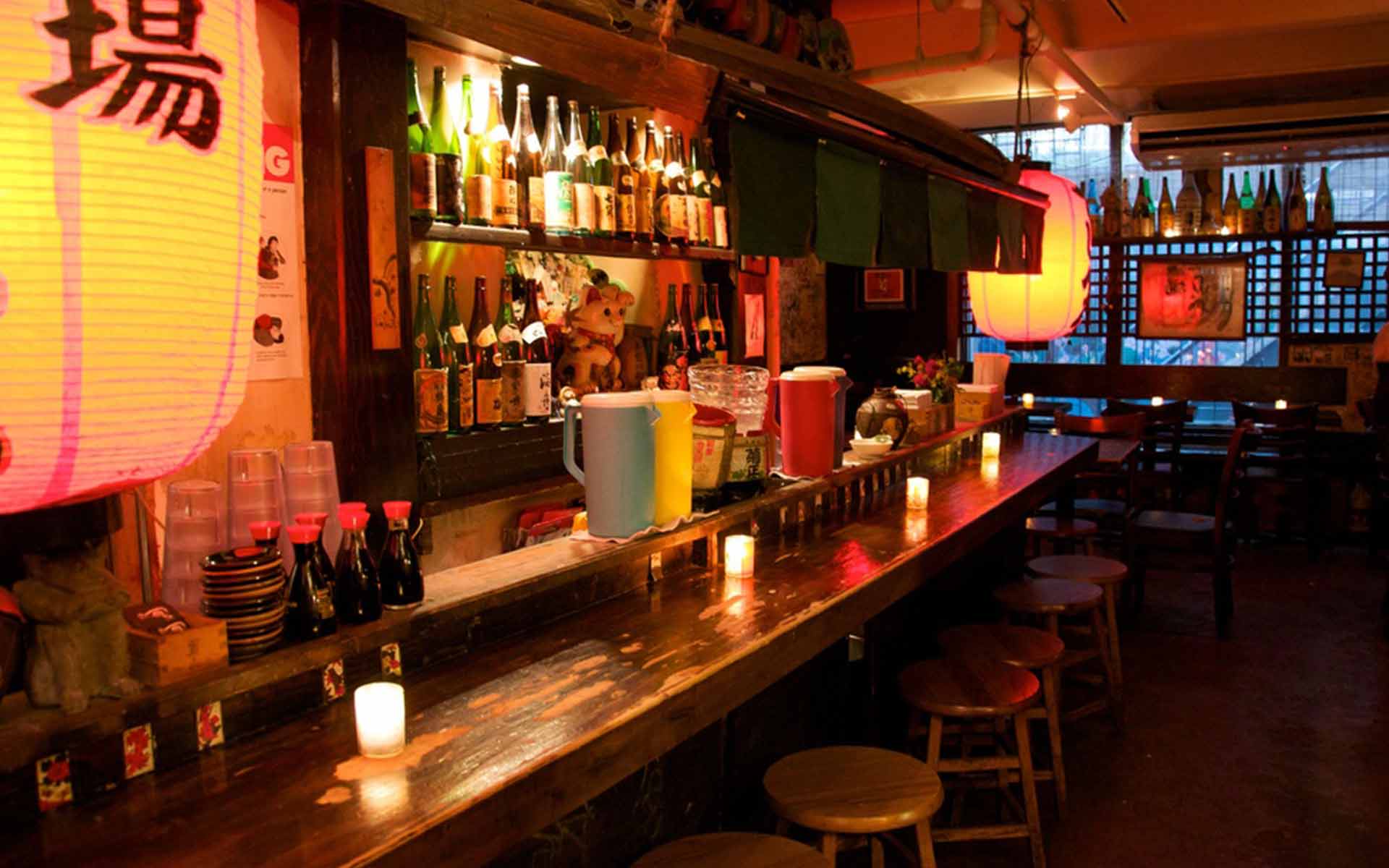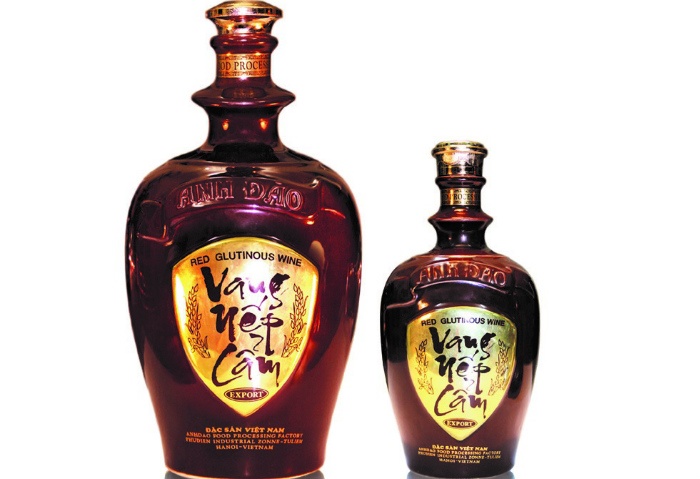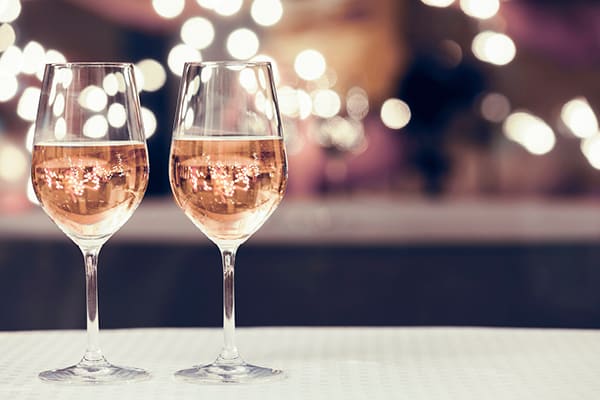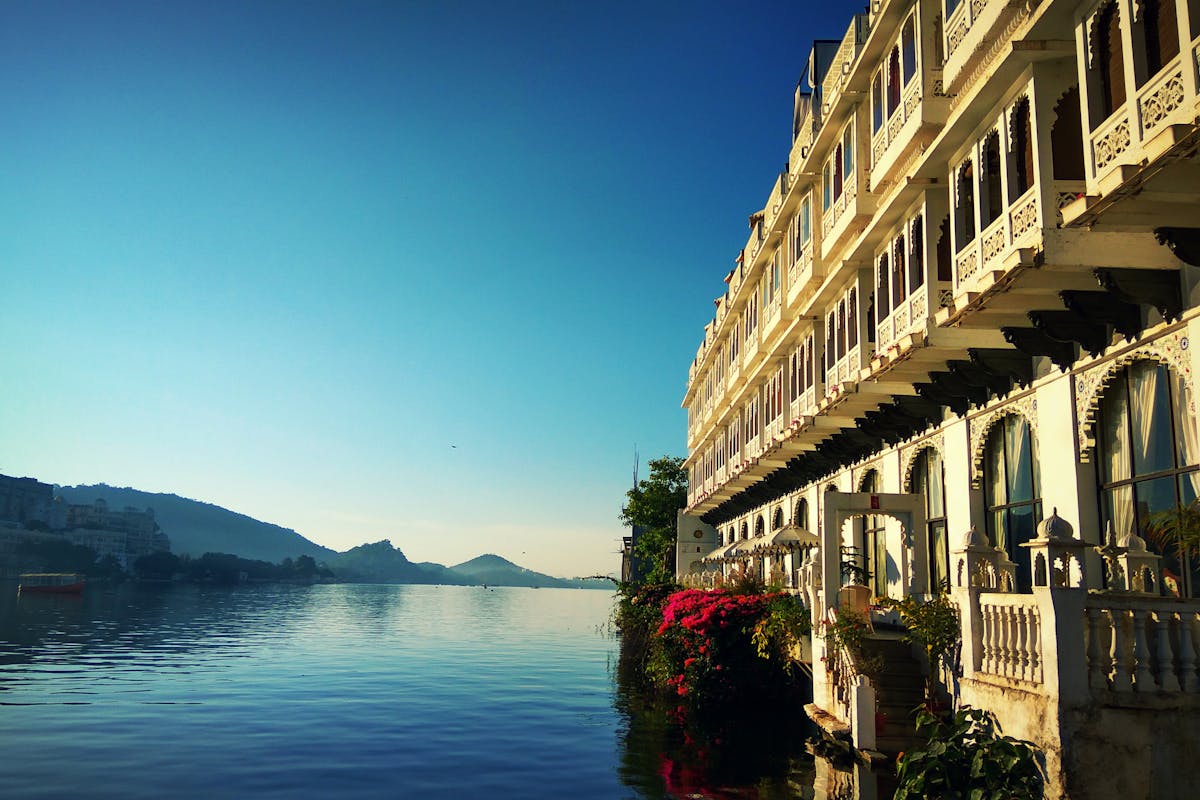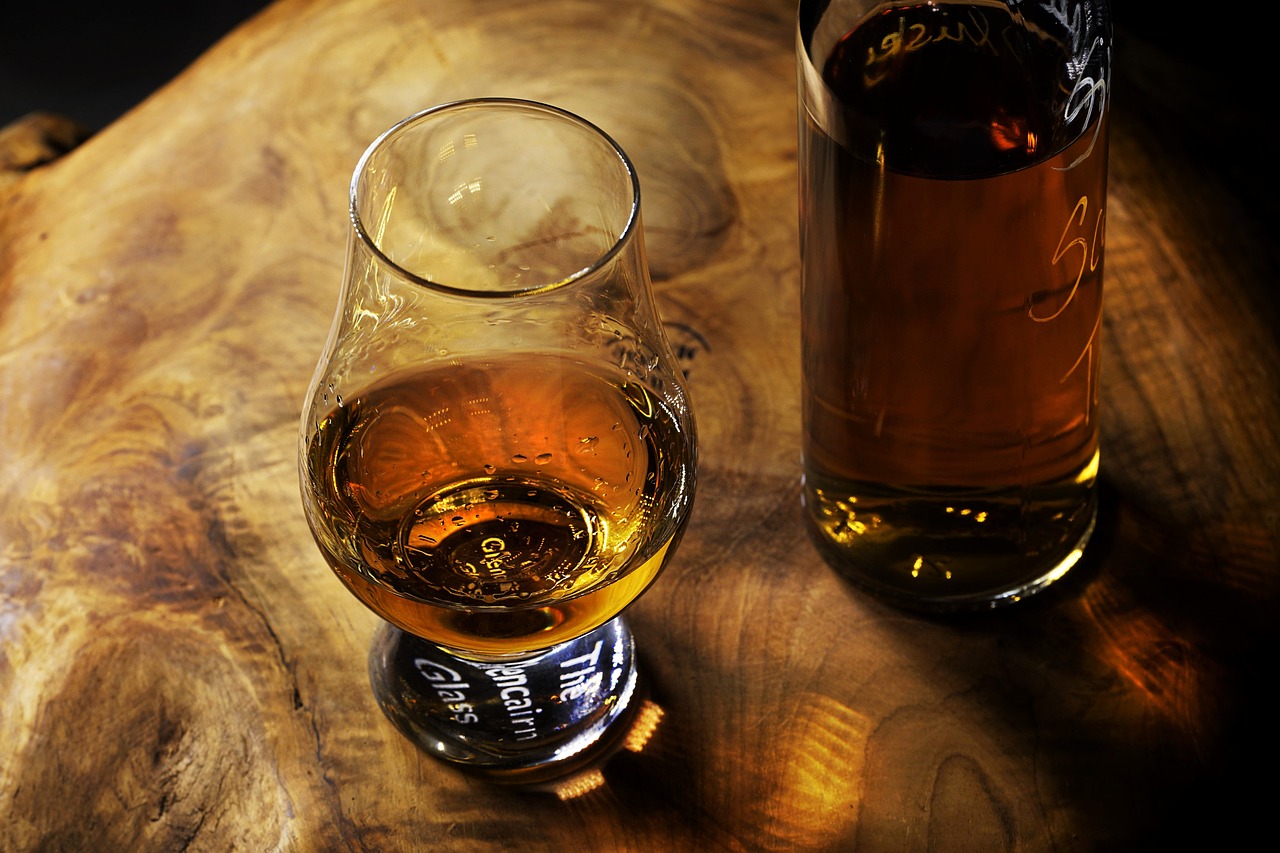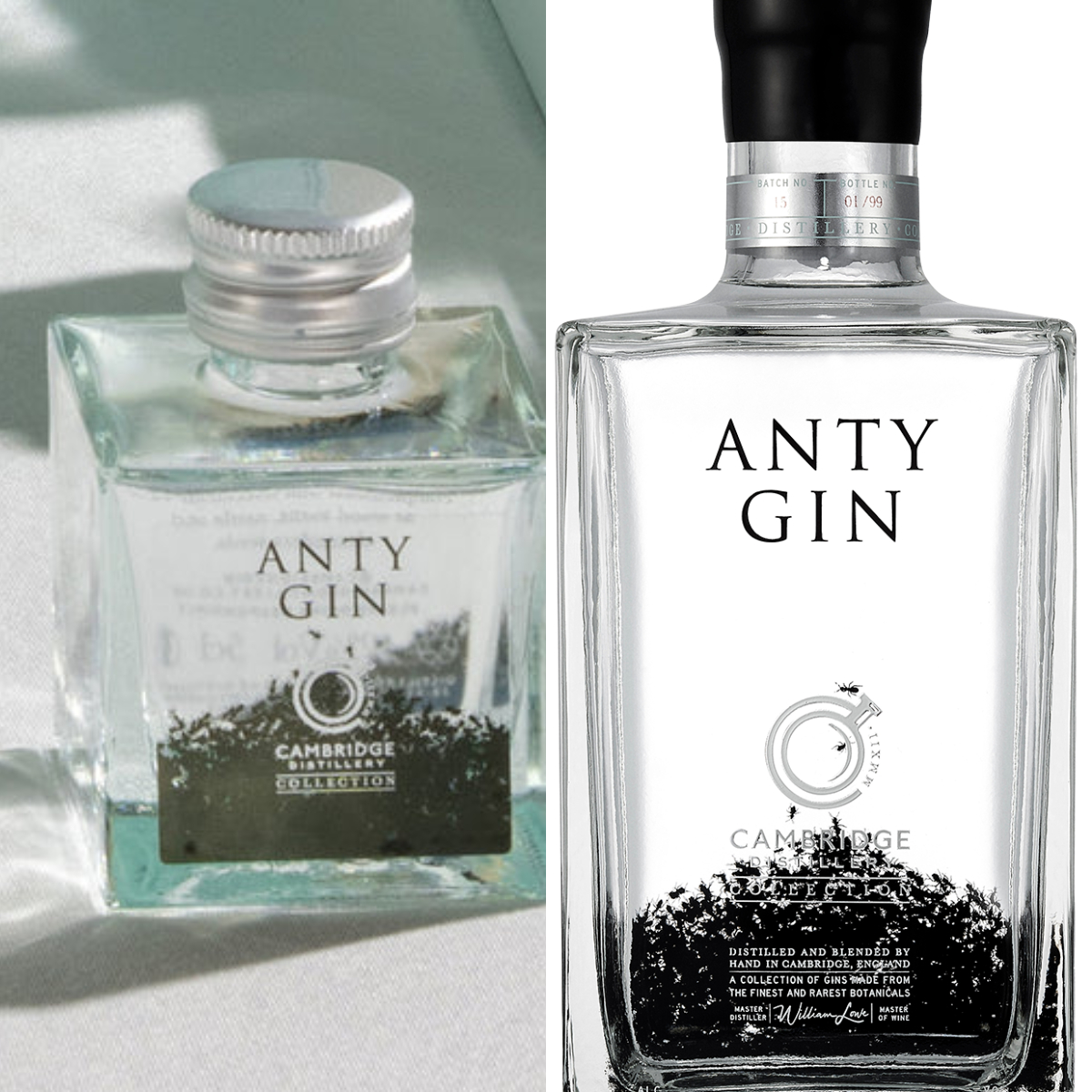It won’t be untrue to say that some of the best things ever made on earth were invented accidentally. Chocolate chip cookies and potato chips were made by mistake, the inventions of ice cream cones and popsicles were completely accidental, and believe it or not, some liquors too! Read on to find out what accidents you have to thank for your favourite drinks.
Beer: Mesopotamians invented beer 10,000 years ago while trying to store grains for their bread. Their bread storage spaces often became damp and caused some fermentation. Some adventurous and probably crazy person had the guts to actually drink that liquid and then there was no looking back.

Brandy: The story of brandy is what you call ‘meant to be’. Dutch vintners used to boil their wine to bring down the volume so that it gets easier to transport. For their travels, they stored these in wooden caskets. Little did they know that they would end up with a unique and kickass liquor of their own.

White Zinfandel: Unlike its other wine counterparts, Zinfandel was invented much later in the early 1970s at Sutter Home by Bob Trinchero. This man was trying to make a dry white while it stopped fermenting. ‘Stuck Fermentation’ is when the wine remains a little bit sweet. Usually, winemakers blend it, artificially induce fermentation or boil it, but Trinchero was a visionary and decided to package it just the way it is. He hit the jackpot there because by 1987, Sutter Home White Zinfandel was the best-selling premium wine in the United States.

Bourbon: With the kind of finesse Bourbon has, you’d think it’s an intricately thought out product. But, it’s, in fact, just a series of happy accidents. In the 1780’s, the very first whiskey trade had opened the Natchez Trail from Lexington to New Orleans. A clergyman named Elijah Craig, a distiller discovered that the cheapest way to clean a fish barrel in preparation for storing whiskey was to burn the inside of it. His first batch of barrels took some 90 days to reach its destination and there, they had the mighty bourbon.

Champagne: France witnessed a sudden temperature drop in the 1490s and this led to a shorter grape growing season. This changed the routine of fermentation in the Champagne district altogether. The yeast that converts sugars stopped working too early because of the cold and laid dormant until the following spring. When the temperatures rose back, there was a second fermentation, producing carbon dioxide in the juice. The result was, champagne. Thank you, winter of 1490s.

